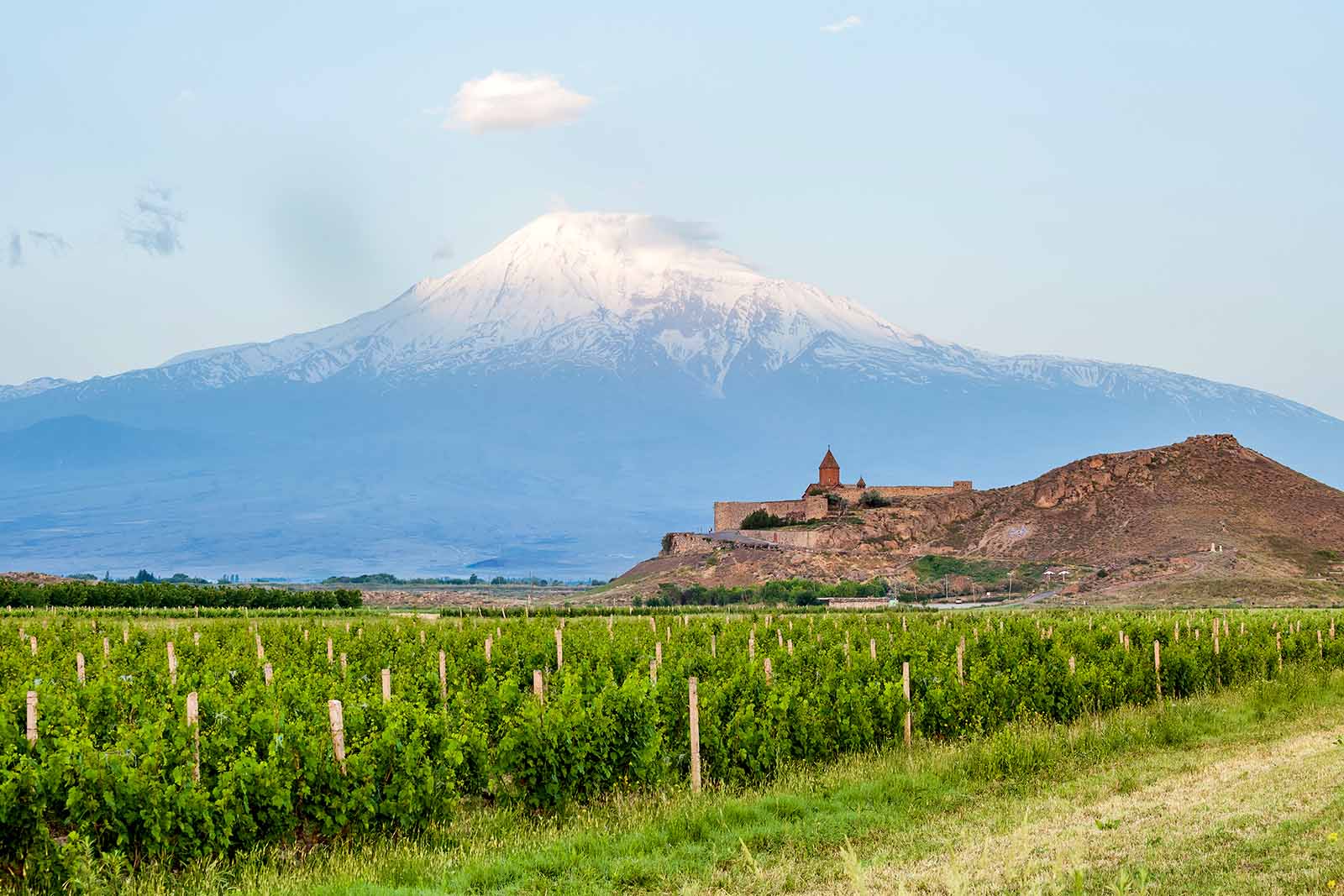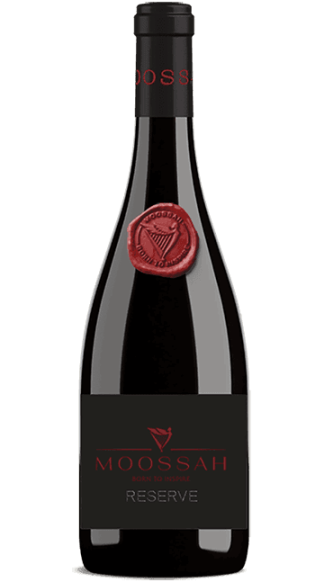
The cradle of winemaking
Armenia has a long and rich history of winemaking, dating back to ancient times. The country is home to a diverse range of grape varieties, and its winemaking traditions have been passed down through generations.
One of the most notable grape varieties grown in Armenia is Areni, which is used to make red wine. This grape is known for its deep color, high tannins, and rich, fruity flavors. Another popular grape variety is Voskehat, which is used to make white wine and is known for its floral and citrus notes.
Armenia’s wine regions are located in the mountainous regions of the country, where the cool climate and rocky soil provide ideal conditions for growing grapes. The Ararat Valley, located in the west of the country, is considered to be one of the most important wine regions in Armenia, and is home to many of the country’s largest wineries.
Armenian winemakers use traditional methods to produce wine, such as fermenting grapes in clay vessels called karases. This method is believed to add a unique flavor and character to the wine.
In recent years, there has been a renewed interest in Armenian wine, and many wineries have started to export their products to international markets. This has helped to raise the profile of Armenian wine and introduce it to a wider audience.
Despite the challenges of being a relatively small wine producer, Armenia has a unique winemaking culture and history, which creates wines with unique and authentic character that showcases the terroir and the traditions of the country.
The winemaking tradition in Armenia is ancient and rich, and the country’s wine regions are home to a diverse range of grape varieties. The use of traditional methods and the unique terroir of the country’s wine regions create wines with a distinct and authentic character that is gaining recognition in the international market.
The specialty of Armenian wine is that you feel it but you can't describe it in words.
Charles Aznavour Tweet
Areni Cave 1 – Winemaking traditions dating back to 4100 BC
The Areni Cave 1, located in the Vayots Dzor province of Armenia, is a site of great historical and archaeological significance. The cave was first discovered in 2007, and since then, it has yielded a wealth of information about the history of human civilization in the region.
The cave is believed to have been used by humans as early as 4100 BC, and it has provided valuable insights into the lives of the people who lived there. Excavations have revealed evidence of human habitation, including the remains of houses, tools, and other artifacts.
Perhaps the most significant discovery in the cave was the discovery of the world’s oldest known winery. The remains of a wine press and fermentation jars were found in the cave, dating back to around 4100 BC. This discovery has provided valuable information about the origins of winemaking and the role it played in the lives of ancient humans.
The cave is also known for its rich and diverse fauna, including over 100 species of cave-dwelling animals. The cave is home to several species of bats, as well as cave spiders, beetles, and even a cave fish.
In recent years, the cave has become a popular tourist destination, and it is now open to the public for guided tours. Visitors can explore the cave and learn about its history and significance.

The Areni Cave 1 is a site of great historical and archaeological significance, providing a glimpse into the lives of ancient humans and the origins of winemaking. It’s a must-see destination for history buffs and wine enthusiasts alike. The cave is now open to the public for guided tours, and its rich and diverse fauna make it a unique destination for nature lovers. The Areni Cave 1 is an important part of Armenia’s cultural heritage and a valuable resource for understanding the history of human civilization in the region.




